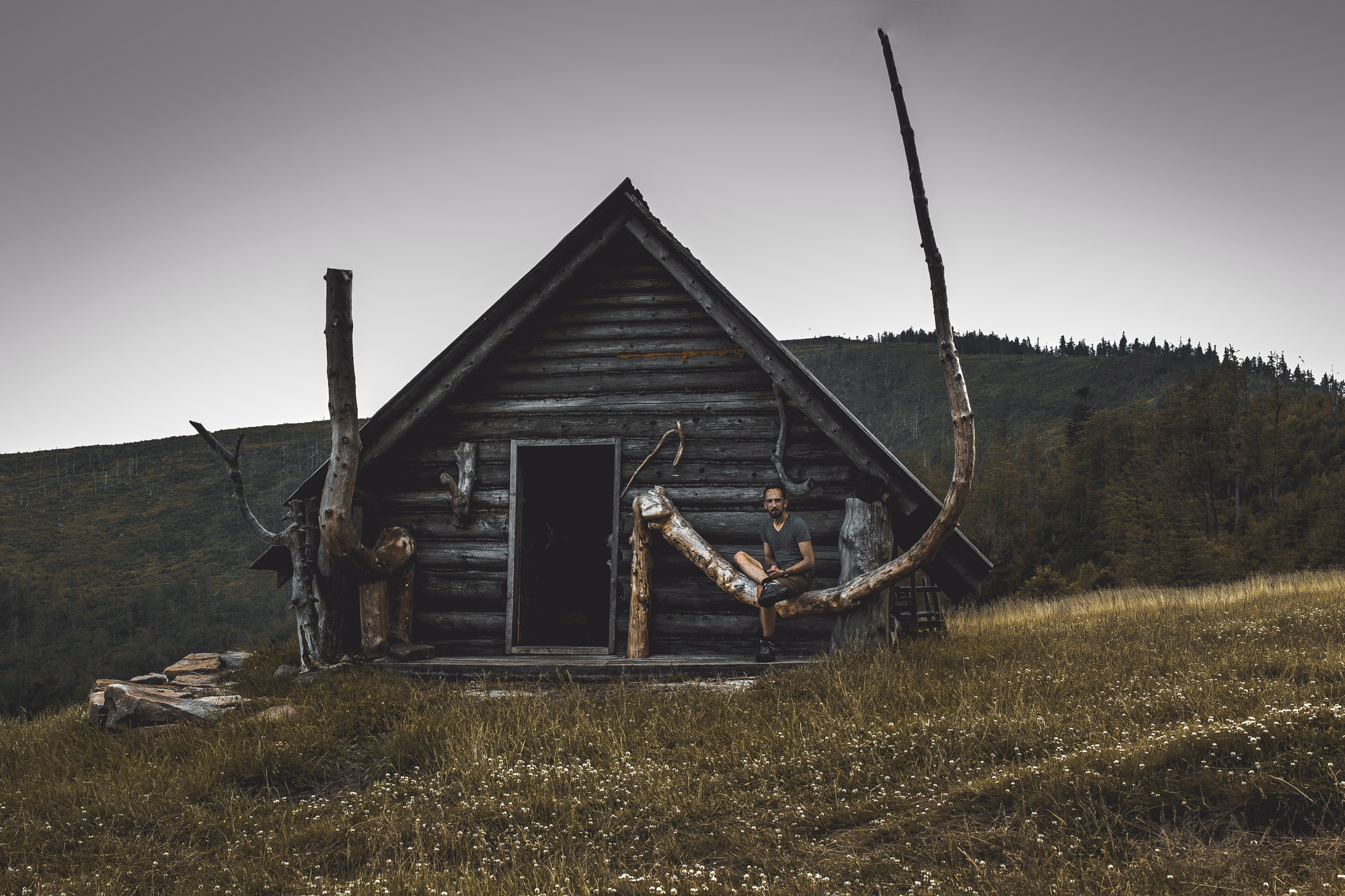Pioneer cabins evoke images of early American settlers, rugged homesteads, and a deep connection to the land. These traditional log cabins, originally built from locally sourced materials, provided shelter and comfort in the harsh frontier conditions. Today, the timeless appeal of pioneer cabins remains strong, with many people choosing them as weekend getaways, guest houses, or even full-time homes. Whether you're seeking a rustic retreat or a cozy place to live, a pioneer cabin offers a unique blend of history, simplicity, and charm.
The Appeal of Pioneer Cabins
Pioneer cabins are often celebrated for their simplicity and connection to nature. They represent a back-to-basics approach to living that contrasts with modern, fast-paced lifestyles. Here are some reasons why pioneer cabins are so appealing:
- Rustic Aesthetics: The natural wood and simple, sturdy construction of pioneer cabins give them a timeless, rustic beauty that blends seamlessly with their surroundings.
- Historical Connection: For those who appreciate history, living in or owning a pioneer cabin provides a tangible link to the past and the pioneering spirit of early settlers.
- Escape from Modernity: Pioneer cabins offer a peaceful retreat from the noise and stress of modern life, providing a quiet, secluded place to relax and reconnect with nature.
- Sustainability: Built with natural, often locally sourced materials, pioneer cabins are an eco-friendly option that minimizes environmental impact.
Design Features of Pioneer Cabins
While modern pioneer cabins retain much of the traditional design, they often incorporate contemporary amenities to enhance comfort. Key design features include:
- Log or Timber Construction: Pioneer cabins are typically built from logs or heavy timber, giving them a robust and solid appearance. The logs are often stacked horizontally with chinking (a type of mortar) between them.
- Simple, Functional Layout: Early pioneer cabins were designed for practicality, with one or two rooms and a central fireplace for heat and cooking. Modern versions may include additional rooms, lofts, and open floor plans.
- Natural Elements: The use of natural wood throughout the cabin, from floors to walls and ceilings, creates a warm, organic atmosphere.
- Stone or Brick Chimneys: Many pioneer cabins feature a stone or brick chimney, a focal point of the cabin, both for functionality and aesthetic appeal.
Materials and Construction Methods
Pioneer cabins are traditionally built from locally sourced materials, primarily wood, and stone. The construction techniques have been passed down through generations and are known for their durability and simplicity. Key materials and methods include:
- Logs: Hand-hewn logs are a hallmark of pioneer cabins. The notched corners and stacked log walls create a strong, weather-resistant structure.
- Chinking: This is the material placed between the logs to seal gaps. Traditionally made from a mix of clay, lime, and sand, modern chinking materials are more durable and weather-resistant.
- Stone Foundations: Many pioneer cabins were built on stone foundations, which provided stability and protection from moisture. This practice is still common in modern builds.
- Reclaimed Wood: For a more sustainable and historically accurate build, many modern pioneer cabins use reclaimed wood from old barns or buildings, adding character and reducing environmental impact.
The Modern Pioneer Cabin: Blending Tradition and Comfort
While the rustic charm of pioneer cabins is their defining feature, modern builds often incorporate contemporary amenities to make them more comfortable and livable year-round. These may include:
- Insulation and Heating: Modern insulation techniques ensure that the cabin stays warm in the winter and cool in the summer. Many pioneer cabins now include efficient heating systems such as wood stoves or modern HVAC systems.
- Electricity and Plumbing: Most modern pioneer cabins are equipped with electricity, plumbing, and sometimes even solar panels, offering modern conveniences without sacrificing the rustic aesthetic.
- Kitchen and Bathroom Upgrades: While early pioneer cabins featured basic kitchens and outdoor facilities, modern versions often include fully equipped kitchens and bathrooms, making them suitable for full-time living.
Choosing the Right Pioneer Cabin
When selecting a pioneer cabin, consider factors such as location, size, and intended use. Here are some tips to guide your decision:
- Location: Choose a location that complements the rustic nature of the cabin. Many people opt for secluded, wooded areas or mountainous regions that offer privacy and natural beauty.
- Size and Layout: Determine the size of the cabin based on your needs. A small, one-room cabin may be perfect for a weekend getaway, while larger cabins with multiple rooms can accommodate families or groups.
- Building or Buying: Decide whether you want to build your cabin from scratch or purchase a pre-built or kit version. Building from scratch allows for customization, while kits provide a faster, often less expensive option.
Conclusion
Pioneer cabins offer a perfect blend of history, rustic charm, and modern convenience. Whether used as a vacation retreat or a permanent home, these cabins provide a peaceful escape from the hustle and bustle of daily life. With thoughtful design and attention to materials, a pioneer cabin can serve as a timeless structure that reflects both the past and the future of cabin living. If you're looking to embrace a simpler, more connected lifestyle, a pioneer cabin may be the perfect choice.
